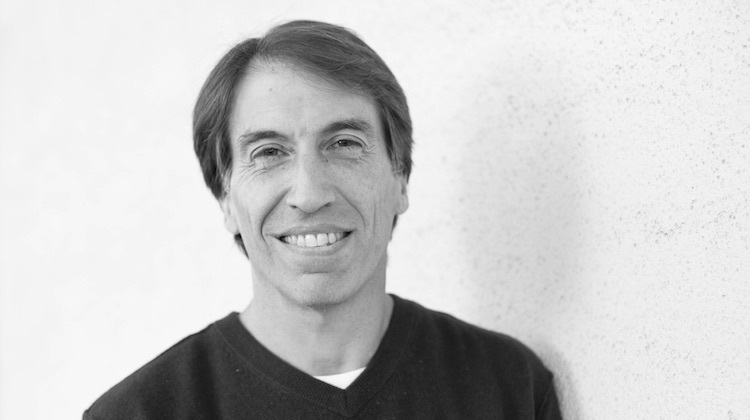Future of Investing
‘Our clients pay us not to talk to them’: Wealthfront CEO Andy Rachleff on why robos don’t need humans
- Despite a growing number of robo-advisers adding human advice, Wealthfront is staying digital-only
- Wealthfront aims at customers between 30 and 45 years of age; for those who need human advice, their products are not a fit, the company says









